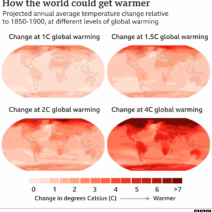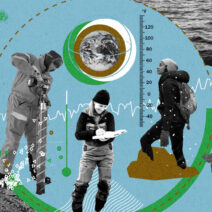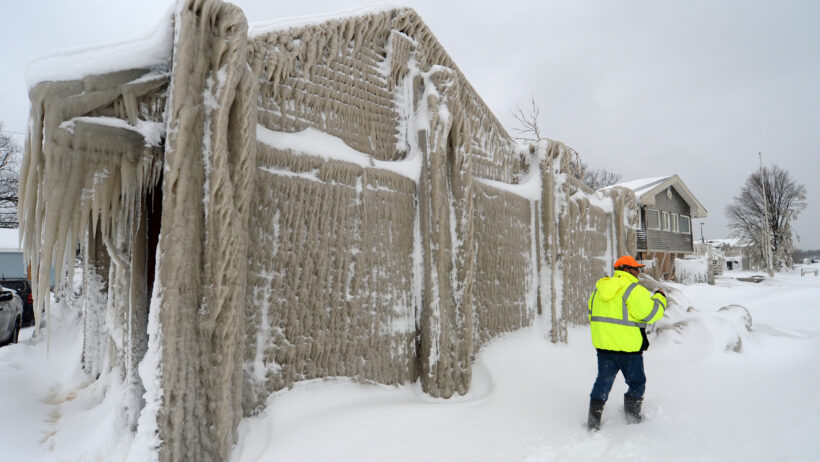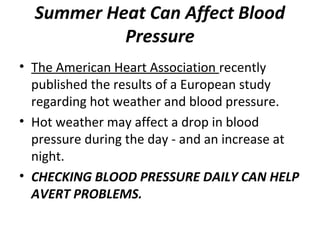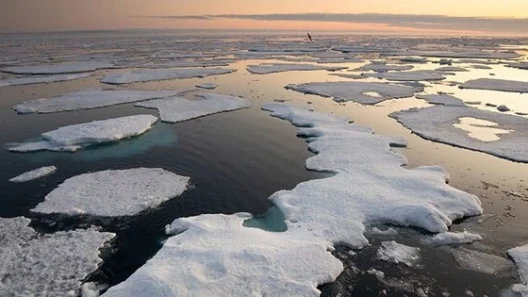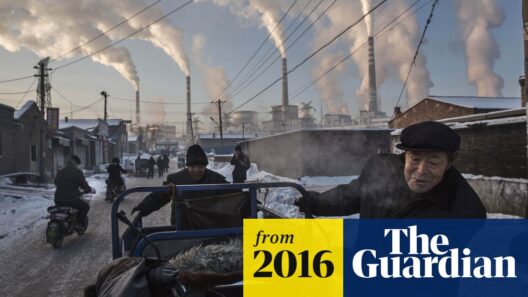Deep Freeze vs. Global Warming: Unraveling the Paradox of Extreme Cold
As the polar vortex sweeps across the continent, enveloping cities in an icy grip, a curious question arises: how can a world purportedly on the brink of climate catastrophe experience bitterly cold temperatures? This paradox challenges our understanding of climate dynamics and compels us to consider the intricate interplay between extreme weather events and the overarching trend of global warming. Underlying this conundrum is a complex relationship, one woven into the fabric of climate science that reveals not only the conflicts of temperature extremes but also the perils of misinformation.
At the heart of this discussion lies the distinction between climate and weather. Weather represents the short-term fluctuations in atmospheric conditions—such as temperature, precipitation, and wind—while climate denotes the long-term averages of these factors over extended periods, often defined in decades or centuries. Thus, the occurrence of a severe cold snap does not negate the gradual warming of our planet. Instead, it underscores the notion that climate change can manifest in diverse and contradictory ways.
Historically, the idea of a warming Earth seems antithetical to occurrences of extreme winter weather. However, scientists have begun to unravel the mechanisms that produce such anomalies. One leading hypothesis pertains to the polar vortex—a band of strong winds that encircles the polar regions. During periods of rapid warming in the Arctic, these winds can weaken or become unstable, allowing frigid air to escape into lower latitudes. This phenomenon can catalyze severe cold events in regions not typically accustomed to such icy temperatures.
Moreover, the fluctuation of the jet stream—a fast-flowing air current that plays a crucial role in dictating weather patterns—has also been implicated in these extreme events. When unnaturally warm temperatures in the Arctic disrupt the polar jet stream’s flow, it can become wavier and less stable. This waviness precipitates longer spells of extreme weather, oscillating between sweltering heat and bone-chilling cold, as regions experience abrupt shifts in atmospheric pressure.
It is critical to recognize that climate change does not operate in a single dimension, but rather creates a myriad of feedback loops that can amplify natural variability. For instance, as global temperatures rise, the melting of ice sheets and glaciers contributes to rising sea levels, influencing ocean currents. These currents, in turn, affect temperature patterns across the globe, resulting in interactions that can yield paradoxical weather phenomena.
Illustratively, less predictable and more extreme weather becomes a hallmark of our warming world. These extremes can be both cold and hot, dry and wet, creating a tapestry of challenges that disrupt ecosystems, economies, and human livelihoods. The repercussions of such volatility extend beyond mere discomfort; they can provoke disastrous consequences, including compromised agricultural yields and increased incidence of natural disasters.
Yet, while the scientific community offers insights, the public often grapples with misconceptions surrounding the nature of climate change. Much of this confusion stems from sensationalist media portrayals and anecdotal narratives that neglect the underlying principles of climatology. The conflation of individual weather events with climate trends obscures the reality of human-induced environmental change. A chilling winter should not be misconstrued as evidence against climate change; rather, it serves as a reminder of the complexity of our atmospheric systems.
Addressing these challenges compels a reevaluation of our perceptions and responses to climate phenomena. Integrating comprehensive education about climate science into public discourse emerges as a vital step. Such initiatives can foster understanding of the principles governing our environment and debunk myths propagated by misinformation. In turn, this promotes informed decision-making and concerted action towards mitigating climate change.
Governments and individuals alike must take proactive measures towards sustainability. This encompasses not only addressing emissions but also adapting to the realities of a changing climate, including the preparation for both extreme cold and the more frequent sweltering heatwaves. Investment in resilient infrastructure capable of withstanding diverse weather extremes, as well as fostering sustainable agricultural practices, signifies just a fraction of the necessary steps.
In this grand narrative, the question looms large: can humanity rise to the occasion and confront the dual realities of deep freeze and global warming? Such a challenge demands collective action, informed discussions, and innovative approaches that synergize efforts across varied sectors. The path ahead is fraught with obstacles, yet remains navigable through collaborative commitment to science and sustainability.
Ultimately, the juxtaposition of extreme winter weather against the backdrop of a warming Earth illustrates the multifaceted nature of climate dynamics. Acknowledging this complexity is not merely an academic exercise; it serves as a clarion call to act decisively in the face of climate uncertainty. The redemption of our environment hinges upon our understanding and adaptability to its whims. Achieving such comprehension and actionable insight could spell the difference between a frozen future of turmoil or a harmonious coexistence with our planet’s evolving climate.
